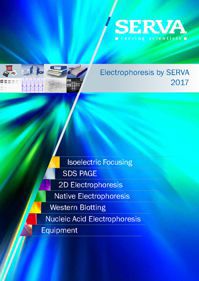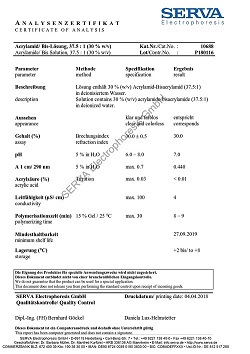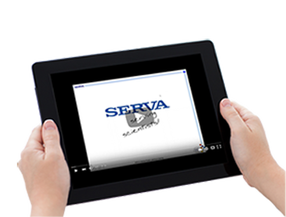Classification of Detergents
Surfactants can be classified according to their charge, as follows:
Nonionic detergents contain uncharged hydrophilic head groups that consist of either polyoxyethylene moieties as in BRIJ or TERGITOL, PEG-sorbitan units as in TWEEN, or glycosidic groups as in octyl-ß-D-glucoside, dodecyl-ß-D-maltoside or digitonin. They are well suited for breaking lipid-lipid and lipid-protein interactions but normally do not break protein-protein interactions. Compared to ionic detergents, they usually do not denature proteins and are therefore frequently used for the isolation of biologically active membrane proteins.
Ionic detergents contain a head group which is either positively or negatively charged. For example, the anionic detergent sodium dodecyl sulfate (SDS) carries a negatively charged sulfate group on a linear C12 hydrocarbon chain. SDS is considered as a very strong and biologically harsh surfactant. It is able to denature proteins by breaking intra- and intermolecular interactions and thus destroying their biological activity. Other anionic detergents like the bile acid salts Na-cholate and Na-deoxycholate have a rigid steroidal core structure. They do not carry a well defined polar head group opposite to a hydrophobic tail (such as SDS). The polar groups are distributed on different parts of the molecule, resulting in a polar and non-polar side, e.g. Na-deoxycholate carries a carboxylate group at the end of a short hydrocarbon chain and two hydroxyl groups on the steroid structure. The bile acids are less denaturing than the ionic alkyl detergents, possibly due to their rigid steroidal ring structure.
Cationic detergents have a positively charged head group, which is often a quaternary ammonium group, e.g. CTAB carries a trimethylammonium group on a C16 hydrocarbon chain. It is also a strong detergent and will often irreversibly denature proteins.
Zwitterionic detergents like CHAPS or ASB 14 combine the properties of ionic and nonionic detergents. They carry a positively and a negatively charged group, but like nonionic surfactants, do not have a net charge (for CHAPS and sulfobetaines in the pH range of 2 -12). Furthermore they lack conductivity and electrophoretic mobility and do not bind to ion exchange resins. However, they are able - like ionic detergents - to break protein-protein interactions.
Detergents - Overview
Detergent |
MW |
CMIC
|
Na |
HLB |
Cloud Point
|
Nonionic Detergents |
|||||
Brij 35 |
ca. 1200 |
0.09 |
40 |
16.9 |
|
Digitonin |
1229.3 |
0.67 - 0.73 |
60 |
0.4 |
|
Dodecyl-ß-D-maltoside |
510.6 |
0.15 |
98 |
|
|
Octyl-ß-D-glucopyranodide |
292.4 |
25 |
84 |
|
|
Synperonic F68 |
ca. 8300 |
0.04 |
|
29 |
|
Synperonic F108 |
ca. 14000 |
|
|
27 |
|
Tergitol 15-S-9 |
ca- 607 |
0.086 |
|
13.3 |
57.5 -62.5 (1 % in H2O) |
Tween 20 |
|
0.059 |
|
16.7 |
76 (3 % in 1 N NaCl solution) |
Tween 80 |
|
0.01 |
|
15.0 |
65 (3 % in 1 N NaCl solution |
Ionic Detergents |
|||||
CTAB |
364.5 |
0.92 |
61 |
|
|
Na-cholate |
430.5 |
7 - 16 |
2 - 7 |
18 |
|
Na-deoxycholate |
414.6 |
2.4 - 4 |
2 - 19.9 |
16 |
|
Na-N-lauroylsarcosinate |
293.4 |
13.7 |
|
|
|
SDS |
288.4 |
8.1 |
60 |
40 |
|
Zwitterionic Detergents |
|||||
ASB-14 |
434.7 |
8 |
|
|
|
ASB-16 |
432.7 |
8 |
|
|
|
CHAPS |
614.9 |
4.2 - 6.5 |
9 - 10 |
|
|
SB 3 - 10 |
307.5 |
25 - 40 |
41 |
|
|
SB 12 |
335:6 |
3 6 |
55 |
|
|






